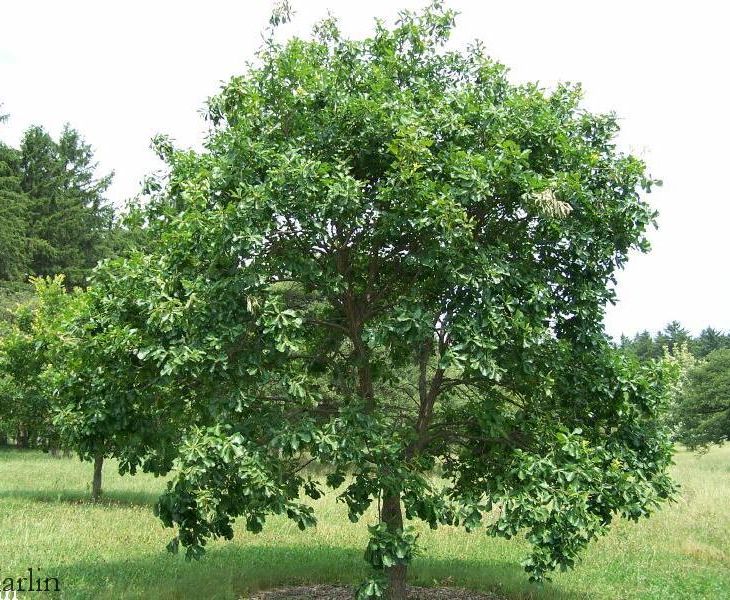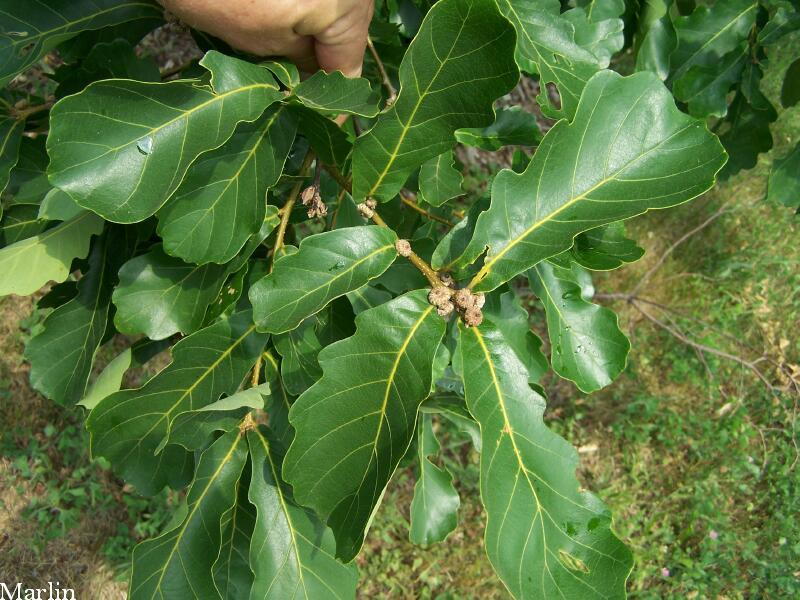Liaotung Oak – Quercus liaotungensis
Family Fagaceae – Beech, Chinkapin and Oak
Tthis slow-growing oak grows to 30m. USDA zones 6-9 [3]
Native to China, Korea, and Japan. Can be grown as a timber tree or develops in the open into a dense full crowned tree. This species can be found up to 7500 ft. elevation. The acorns have been used for the treatment of arthritis. Medium growth rate. Leaves hang on almost all winter. Similar to Quercus mongolica. Height to 75 ft.

There are about 900 species in this family worldwide, about 65 trees and 10 shrubs of which are native to North America. Native to the northern hemisphere, the genus Quercus contains about 600 species, including both deciduous and evergreen species (often referred to as ‘live oaks’). Although many exhibit the characteristic lobed leaves, some have serrated leaves while others may have a smooth margin. Perhaps most easily recognized shared feature is the acorn (the fruit), borne in a cup-like structure known as a cupule.

Family Fagaceae: Oak, Beech & Chinkapin
There are about 900 species in this family worldwide, about 65 trees and 10 shrubs of which are native to North America. Native to the northern hemisphere, the oak genus Quercus contains about 600 species, including both deciduous and evergreen species.
Family Fagaceae: Oak, Beech and Chinquapin
Trees Index | Pine Family | Beech, Oak | Nut Trees | Birch Family | Magnolias
Tree Encyclopedia / North American Insects & Spiders is dedicated to providing family-friendly educational
resources for our friends around the world through large images and macro photographs of flora and fauna.

